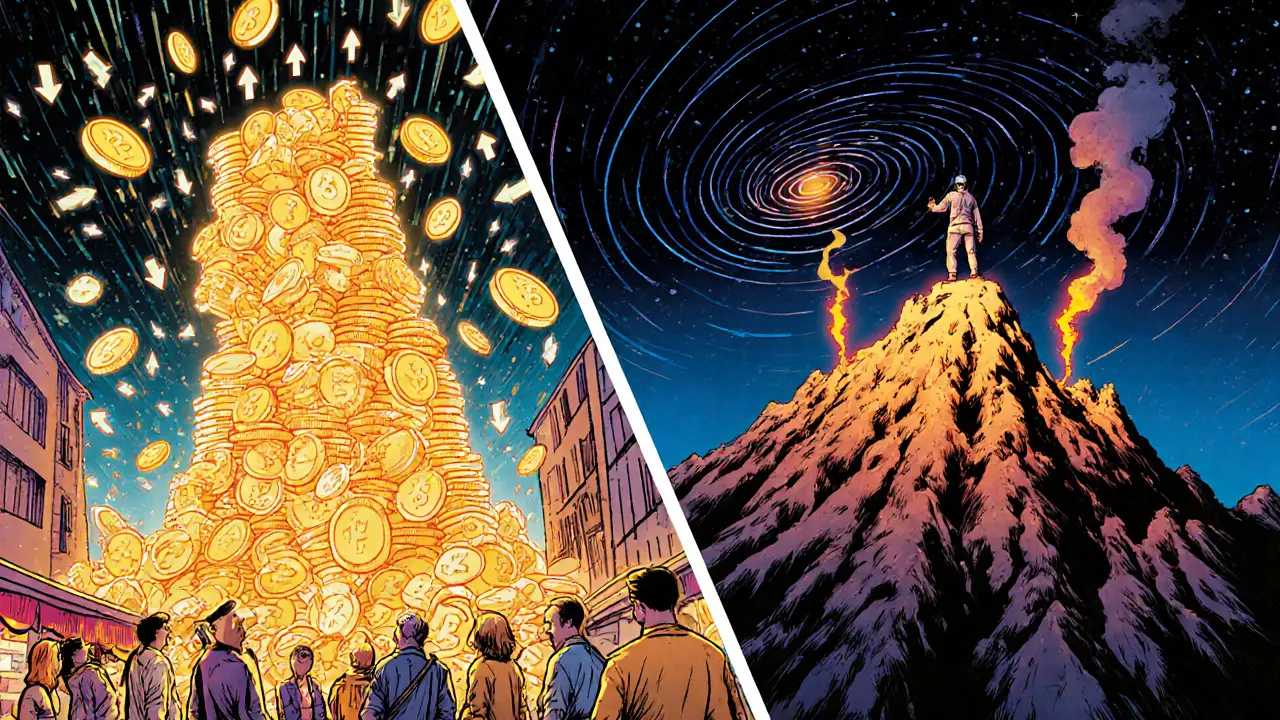Token Burn: How Destroying Crypto Tokens Increases Value
When a project token burn, the act of permanently removing cryptocurrency tokens from circulation. Also known as token destruction, it’s not just a marketing trick—it’s a core part of tokenomics that directly affects supply and demand. Unlike printing more money, burning tokens makes them scarcer, which can push prices up if people still want to buy them.
One of the biggest real-world examples is Ethereum EIP-1559, which changed how gas fees work. Instead of giving all fees to miners, a portion gets burned every time someone sends a transaction. Since August 2021, over 5 million ETH have been burned—equivalent to nearly 3% of the total supply. That’s not theoretical. It’s happening live, every second. This isn’t just about making ETH rarer; it’s about making the network more predictable. Users know exactly how much they’ll pay, and investors see a shrinking supply. Other projects like BNB and REI Network have copied this model. Binance burns BNB quarterly, and REI’s fee-free blockchain still burns tokens for certain actions to keep inflation in check.
But token burn isn’t magic. If a project has no real use, burning tokens won’t save it. You can’t burn your way out of a bad product. That’s why the most effective burns happen when they’re tied to actual utility—like paying for services, staking rewards, or access to features. The fee burning model works because users are constantly paying fees, and those fees are being destroyed. It’s a self-reinforcing loop: more usage = more burns = less supply = higher perceived value. That’s the difference between a gimmick and a sound economic design.
What you’ll find below are real case studies—some successful, some misleading—showing how token burn plays out in practice. From the quiet, steady destruction of ETH to the flashy meme coins that claim to burn tokens but do it inconsistently, you’ll see what actually moves the needle and what’s just noise. No fluff. Just facts about who’s burning, why, and whether it’s working.
Inflationary and deflationary tokenomics shape how cryptocurrencies gain or lose value over time. Learn how supply mechanics like Bitcoin halvings and ETH burns impact price, utility, and long-term investment potential.

